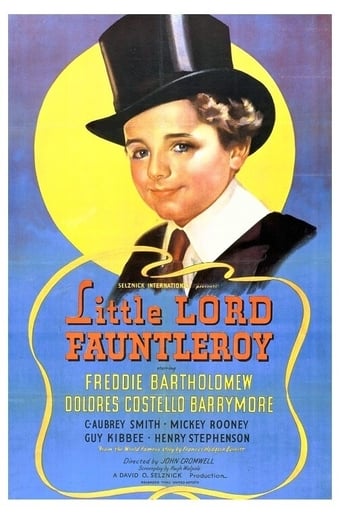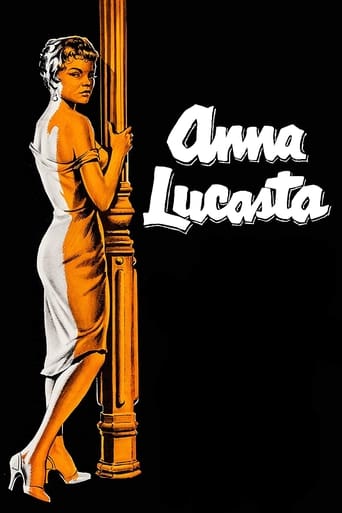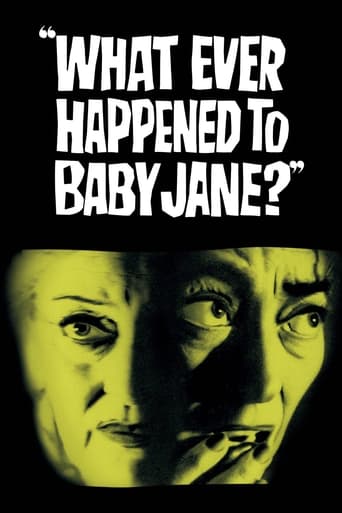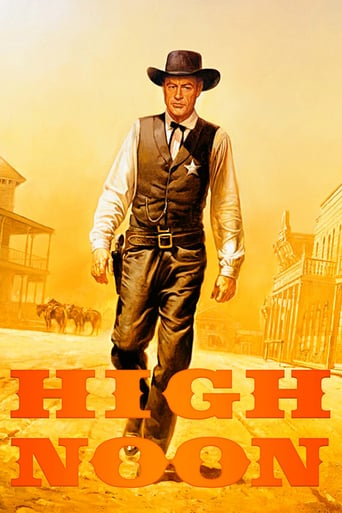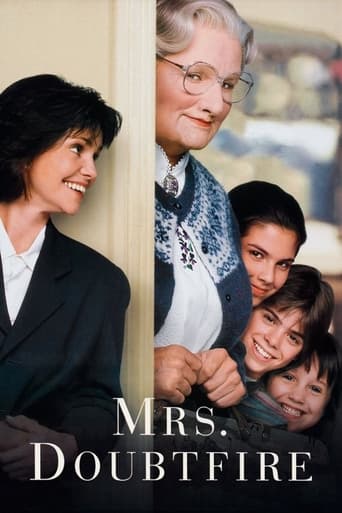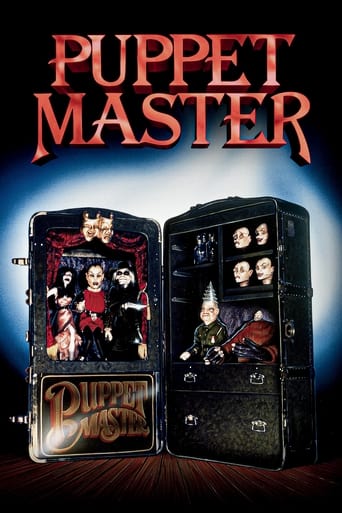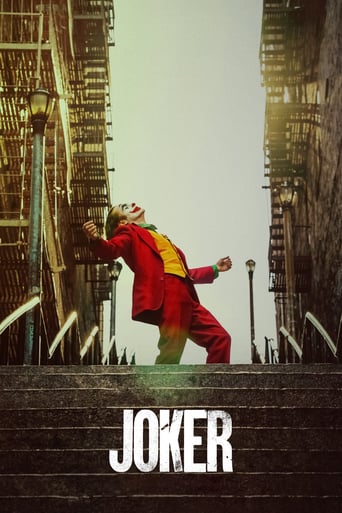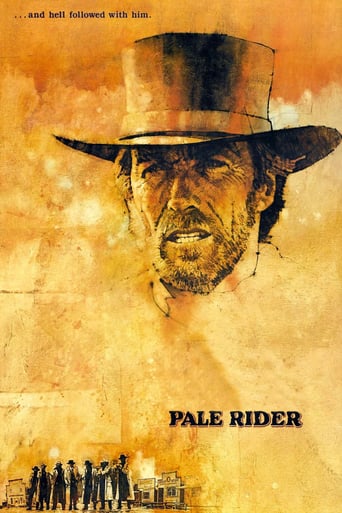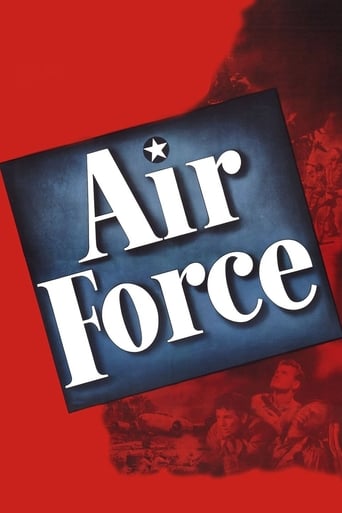


Air Force
The crew of an Air Force bomber arrives in Pearl Harbor in the aftermath of the Japanese attack and is sent on to Manila to help with the defense of the Philippines.
-
- Cast:
- John Ridgely , Gig Young , Arthur Kennedy , Charles Drake , Harry Carey , George Tobias , Ward Wood


Similar titles
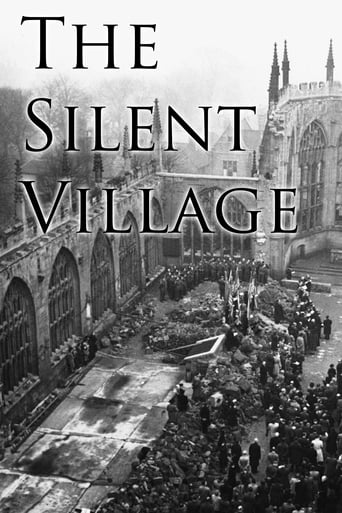
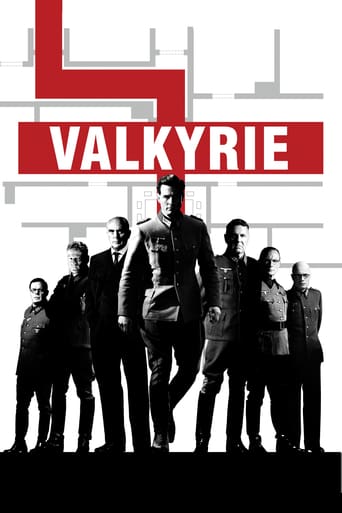
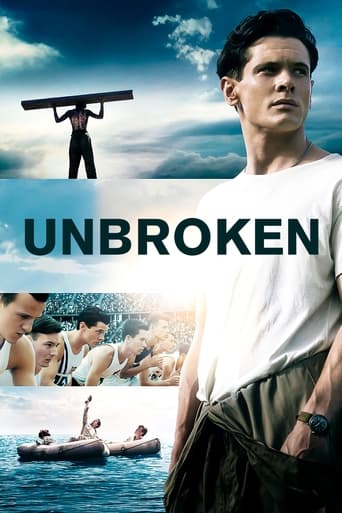
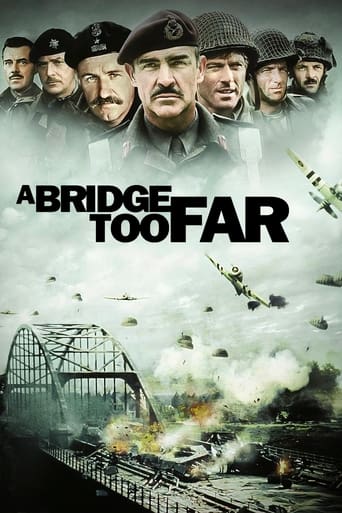
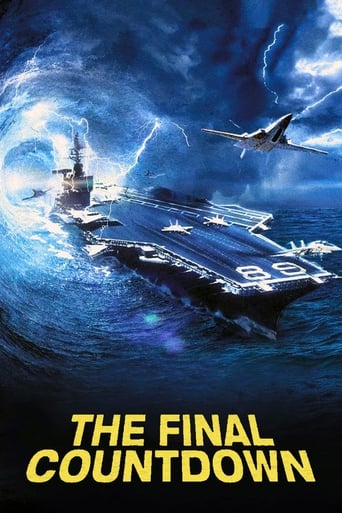
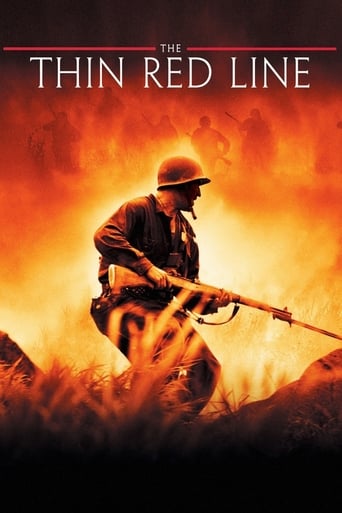
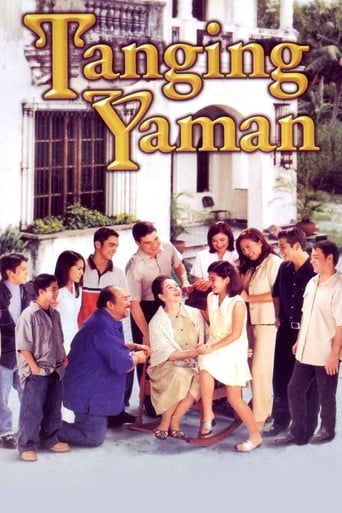
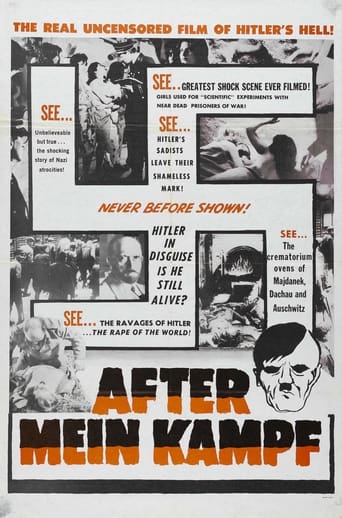
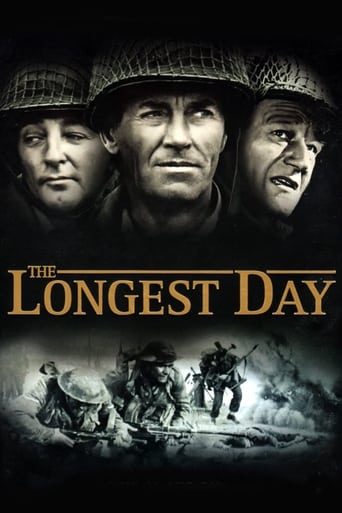
Reviews
Good story, Not enough for a whole film
Fun premise, good actors, bad writing. This film seemed to have potential at the beginning but it quickly devolves into a trite action film. Ultimately it's very boring.
It's an amazing and heartbreaking story.
Although I seem to have had higher expectations than I thought, the movie is super entertaining.
A Howard Hawks Production. Producer: Hal B. Wallis. Executive pro¬ducer: Jack L. Warner. Copyright 20 March 1943 by Warner Bros. Pictures, Inc. A Warner Bros.-First National Picture. New York opening at the Hollywood: February 1943. U.S. release: 20 March 1943. Australian release: 3 May 1945. 11,421 feet. 127 minutes.SYNOPSIS: December 1941. The adventures of the U.S. fighter bomber "Mary Ann" in the Pacific theater of war.NOTES: George Amy won the Academy of Motion Picture Arts and Sciences' award for Film Editing, defeating Owen Marks (Casablanca), Doane Harrison (Five Graves to Cairo), Sherman Todd and John Link (For Whom the Bell Tolls), and Barbara McLean (The Song of Bernadette). Air Force was also nominated for Original Screenplay (lost to Princess O'Rourke by Norman Krasna); Cinematography - black-and-white (lost to Arthur Miller for The Song of Bernadette); and Special Effects (lost to Crash Dive).Air Force was selected by Bosley Crowther of the New York Times as one of the Ten Best Films of 1943. One of the seventeen critics in the New York Film Critics panel voted Air Force as the number one film of the year. (That critic was not Mr Crowther, who voted for the ultimate winner, Watch on the Rhine). Air Force was selected as number three on the National Board of Review list (behind The Ox-Bow Incident and Watch on the Rhine).Domestic gross: $2,700,000.COMMENT: Many World War 2 propaganda films now appear excessively dated to-day. Unfortunately, Air Force is no exception. The characters are the usual reluctantly gung-ho types, the dialogue is forced and the incidents strained. Even the action sequences are undermined by obvious process and model work.The players do what they can with their two-cent parts, acting out all the false camaraderie with a too-eager patina of sincerity. Hawks' deliberately eye-level direction comes across as strictly pedestrian. Even Howe's photography (particularly in its ineptly filtered day-for-night sequences) is not up to his usual classy standard - though he was doubtless striving to give the film a grainy, "washed-out" (i.e. an image with no highlights) newsreel look. As for Amy's Award-winning film editing, it's routine "hand me another shot of that stock footage" stuff which doesn't light a candle to Casablanca.Hawks' auteurist admirers will find plenty of their hero's usual "themes", but most viewers will be either bored silly or downright irritated by such unlikely and phony devices as the rebel who turns into a hero, the "lovable" little dog who becomes the bomber's mascot, the softly-spoken Southern officer-gentleman who is actually made of steel, the rough-voiced sergeant whose heart is chockers full of loving kindness, etc., etc. 127 minutes of such drearily dated clichés is more than enough for any man. I hope I never see Air Force again.
John Ridgley plays Captain Mike "Irish" Quincannon, the pilot of a B-17 bomber (the Mary-Ann) whose crew includes crew chief Sergeant Robbie White (Harry Carey), co-pilot Lieutenant Bill Williams (Gig Young), bombardier Lieutenant Tommy McMartin (Arthur Kennedy), navigator Lieutenant "Monk" Munchauser (Charles Drake), assistant crew chief Corporal Weinberg (George Tobias), and radio operator Corporal Peterson (Robert Wood). There are two new additions made to the crew at the beginning of the film: a greenhorn youngster Private Chester (Ray Montgomery), and a "washed out pilot, now aerial gunner" Sergeant Joe Winocki, cynically played by (who else?) John Garfield.Evidently, there was a little intra-service rivalry within the Army between big plane crews and pursuit plane pilots in those days, so James Brown plays Lieutenant Tex Rader, a fighter pilot. Also recognizable in this film is Edward Brophy, as a Marine Corps Sergeant J. J. Callahan.It is December 6, 1941 as the film opens and a squadron of B-17s begins their journey from San Francisco to Hickam Field, Pearl Harbor, Hawaii. The first part of the movie establishes the relationship between the crew members which is pretty much as a team familiar and comfortable with each other. Enter the new guys: Private Chester is a gung ho rookie excited about everything, Winocki is wise guy who rains on his parade and can't wait till his last three weeks in the service are up. Apparently, Winocki was a failure in flight school and it was Captain Quincannon, who signed the recommendation that ended his dream of being a pilot. The 20- year veteran crew chief Sgt. White doesn't like Winocki's attitude, especially because his son has just been promoted to Lieutenant Colonel within the ranks.Everything is pretty routine until Hickam Field's radio transmission goes out. The radio operator is able to pick up Japanese voices and background static which doesn't sound good, explosions etc.. When the squadron leader finally gets through to someone in Pearl Harbor, they are told to land at their pre-planned alternate locations. For the Mary-Ann, that means a short, rough runway on the Hawaiian island Maui. Though Captain "Irish" makes a good landing, there is some slight damage which must be addressed. However, while fixing the problem, they are shot at by, presumably, some local Japanese and must take off right away. They then must land on the bomb cratered runway at Pearl Harbor.After a successful landing at Hickam Field, they learn that Tommy's sister, who'd been dating co-pilot Bill, was injured in the attack. Part of the news is related to them by Tex, whom they don't respect from some history and the intra-service rivalry mentioned previously. They think Tex is partly to blame for Susan's condition and assume he was hiding out during the attack. They learn from the Colonel at Hickam Field, however, that Tex shot down four enemy planes (Zeros) before he himself was shot down in the action. They are then told that their new orders are to fly to Manilla, where the crew chief's son stationed, via Wake Island and asked to shuttle Tex to a pursuit wing stationed there.On the way to Wake Island, one gets a sense of just how difficult it was in those days to find a dot on the map without the advance navigation systems and radar of today. The crew is nervous, making the navigator anxious throughout the flight, about finding the island before their fuel runs out. Of course, everyone (including the navigator) is relieved when they do. Unfortunately, Wake too has been hit and after briefly refueling the exhausted, sleep deprived crew is told to leave before an impending Japanese invasion, when all on the island is expected to be lost. Several of the Marines on the island convince Weinberg to take their dog to save it from their fate.It is at this point that Winocki starts to become part of the crew. Once airborne, when the crew chief demands to know how a dog got onboard, Winocki says it was he that did it. Later, when the Mary- Ann makes it to the Philippines, it is Winocki who tells "Irish" that he wants to help and stay on as part of his crew. The Captain is glad, and says that first he must get rid of the dog (which he gives to the first Marine he sees, played by Brophy).More exciting action and interesting plot-line, much of it predictable to fans of this genre, make this film continue until it exceeds two hours on screen and the good guys deliver some comeuppance and payback at the Battle of the Coral Sea. This film, directed by Howard Hawks, won an Oscar for Best Editing and was nominated for B&W Cinematography, Special Effects, and Writing.
Can't understand how I missed this picture for so long, but I finally caught up to it after all these years. I thought it was great, one of the best war pictures ever, on a par with "A Walk In The Sun". As everyone has attested, it charts the progress of a B-17 across the Pacific after taking off from San Francisco on Dec. 6, 1941. They were headed for Hickam Field in Honolulu - we know what happens next.The sleepless crew refuels and moves on to Wake Island and eventually to the Philippines, where it engages in some the best aerial fighting footage in movies, patched up and held together by gum and rubber bands. On the way, we get to know the crew members and their backgrounds. The crew are mostly neophyte actors (this is 1943) John Garfield, Arthur Kennedy, Gig Young and James Brown, but the cast and the story are pulled together by old veteran Harry Carey as the Crew Chief.There are lots of cliché scenes and some of the material has been recycled in other war pictures, but "Air Force" did it first and did it under the skilled direction of Howard Hawks. There is a lot to like in 'Air Force" and I can't think of a single criticism - well done all around and I loved it.
I always liked John Ridgeley in about anything he did, but he was surely a perfect tintype of a pilot. Since I spent years in the Air Force, I though he looked like an officer and a pilot and in this movie, acted the part like it was made for him. This was another side to the Pearl Harbor story that very little is known about. 9 B-17s, which is an unbelievable large airplane until you walked into one, were scheduled to leave California on the night of Dec 6, 1941 and arrive at Hickam AFB around 8 a.m. on the 7th. They arrived right in the middle of the attack, out of fuel, and no ammunition or guns. Part of the story was true and I'm sure some was added for excitement, but it was a bad spot to be in. I have it on tape and will keep it.

